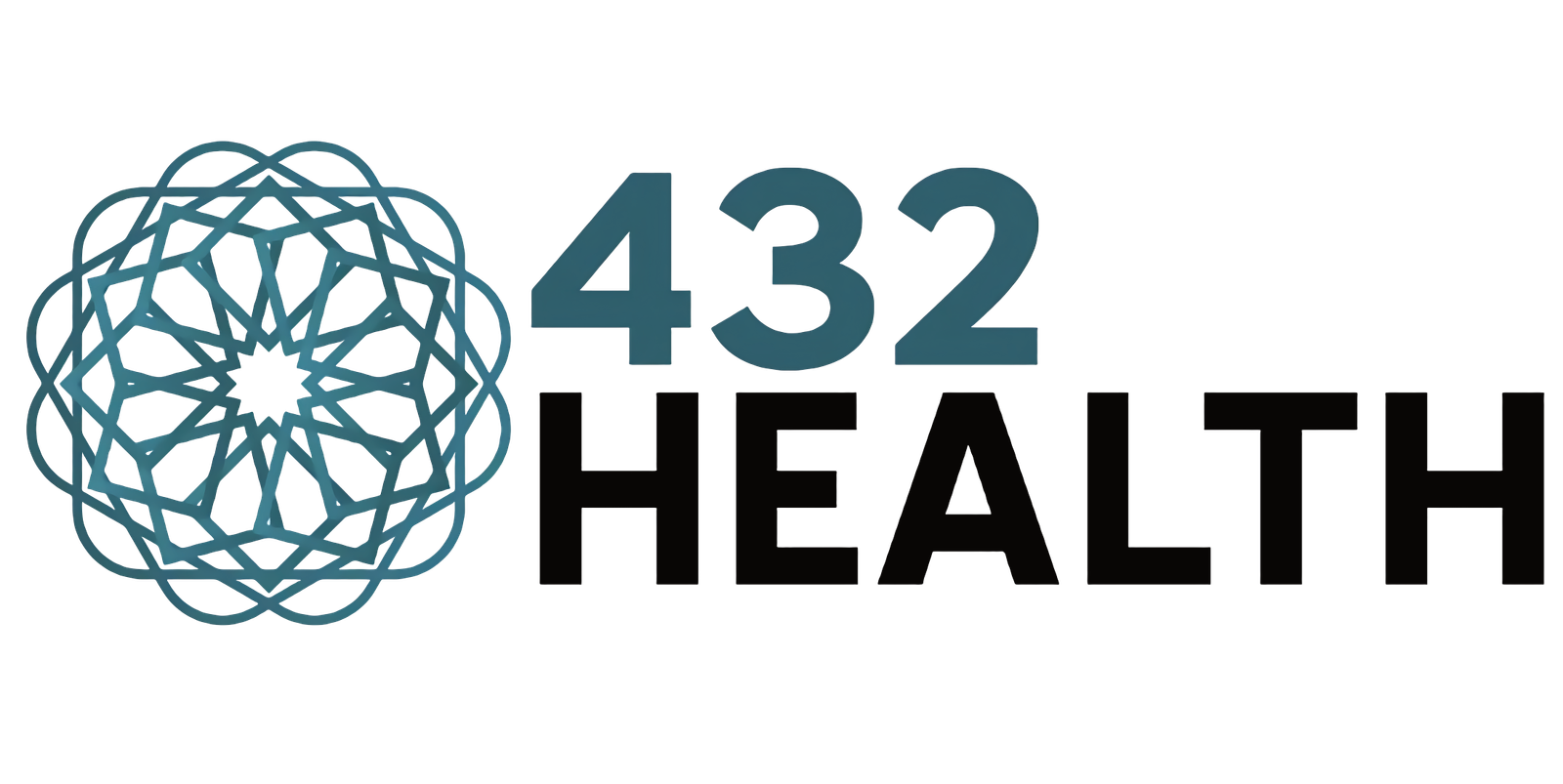Club Chat

Understanding Cognitive Dissonance and Challenging Manipulation
Quote from Ryan Brooks on 4 January 2024, 11:47Introduction
Cognitive dissonance is a fascinating phenomenon that delves into the intricate workings of the human mind. It explores the conflict that arises when individuals hold contradictory beliefs, attitudes, or values. This internal struggle can lead to discomfort and tension, prompting individuals to seek ways to alleviate it. However, cognitive dissonance can also be harnessed as a powerful tool for manipulating belief systems. By exploiting this psychological state, certain forces can perpetuate and reinforce existing belief systems, keeping people firmly entrenched within them. This manipulation can be seen in various aspects of society, such as politics, religion, and even marketing. It is through a thorough understanding of cognitive dissonance and its effects that we can begin to recognize and challenge the mechanisms employed to maintain beliefs that may no longer serve us.
Recognizing Cognitive Dissonance
To address cognitive dissonance, it is crucial to first acknowledge when you experience discomfort or tension due to conflicting beliefs or information. Awareness is the first step in addressing cognitive dissonance.
Defining Your Beliefs
Clearly articulating your beliefs and opinions can help you identify when new information challenges your existing views. This clarity will enable you to evaluate and potentially modify your beliefs.
Seeking Diverse Perspectives
Actively exposing yourself to a variety of viewpoints, even those that contradict your beliefs, is essential. Engage with literature, media, and individuals who offer different perspectives to broaden your understanding and challenge your own biases.
Questioning Assumptions
Challenge your assumptions and question the foundations of your beliefs. Understand why you hold certain views and whether they are based on evidence, emotions, or societal influence. By critically examining your assumptions, you can gain a deeper understanding of your beliefs.
Evaluating Sources
Scrutinize the credibility of your information sources. Check for biases, fact-check your own information, and always question the legitimacy and origins of any source of information. By evaluating sources, you can ensure that you are basing your beliefs on reliable and accurate information.
Developing Critical Reading Skills
Read actively and analytically. Identify the main arguments, supporting evidence, and potential biases in the materials you encounter. This skill is crucial for assessing the validity of information and avoiding falling into the trap of misinformation.
Practicing Socratic Questioning
Use the Socratic method to ask yourself and others thought-provoking questions that encourage critical thinking. This technique helps explore the underlying assumptions and implications of a given idea, allowing you to challenge and refine your beliefs.
Embracing Uncertainty
Accept that not all questions have straightforward answers. Embracing uncertainty allows you to explore nuanced and complex issues without resorting to black-and-white thinking. It opens up the possibility for growth and learning.
Considering Counterarguments
Deliberately seek out and understand opposing viewpoints. This process helps you weigh the strengths and weaknesses of different perspectives, contributing to a more nuanced understanding of complex issues.
Reflecting and Adapting
Regularly reflect on your beliefs, the information you encounter, and the evolution of your thinking. Be willing to adapt your views based on new evidence and insights gained through critical thinking. This ongoing process of reflection and adaptation is essential for personal growth and intellectual development.
Overcoming Cognitive Dissonance
To overcome cognitive dissonance, it is essential to eliminate belief systems that lack empirical evidence or proof. The first step towards achieving this is to enhance your awareness by practicing mindfulness and being more observant of your thoughts and actions. By doing so, you will become more aware of the inconsistencies or conflicts between your beliefs and the evidence available.
Additionally, it is crucial to adopt a critical mindset and question everything, including your own beliefs. This approach helps in evaluating the validity and reliability of your belief systems, allowing you to let go of those that do not align with rational thinking or credible evidence. By actively engaging in this process, you can gradually reduce cognitive dissonance and attain a more coherent and logical worldview.
The Relationship Between Cognitive Dissonance and Stockholm Syndrome
While cognitive dissonance and Stockholm syndrome are distinct psychological concepts, they share some common elements and can coexist in certain situations.
Cognitive Dissonance
Cognitive dissonance refers to the discomfort or mental tension that arises when an individual holds two or more conflicting beliefs, attitudes, or values simultaneously. For example, a person who values a healthy lifestyle but continues to engage in unhealthy habits may experience cognitive dissonance.
Stockholm Syndrome
Stockholm syndrome is a psychological response where hostages or victims develop positive feelings, empathy, or affection towards their captors or abusers. Examples can be observed in situations of abuse, coercion, or manipulation, such as abusive relationships, cults, or instances where individuals identify with oppressive ideologies or systems due to prolonged exposure.
Relation and Differences
While cognitive dissonance and Stockholm syndrome both involve a form of psychological discomfort or tension, they differ in their focus. Cognitive dissonance is more general and focuses on the conflict between beliefs, attitudes, or values, whereas Stockholm syndrome specifically involves an emotional bond forming between a victim and an abuser.
In situations of prolonged captivity or abuse, an individual may experience cognitive dissonance about their captor's actions while simultaneously developing feelings of attachment, which could be considered Stockholm syndrome.
Conclusion
In conclusion, cognitive dissonance is a broader concept related to conflicting beliefs, while Stockholm syndrome specifically addresses the emotional bond formed with captors or abusers in certain traumatic situations. They can coexist, with cognitive dissonance contributing to the internal conflict experienced by individuals in Stockholm syndrome scenarios.
By understanding cognitive dissonance and actively challenging manipulation, we can empower ourselves to critically evaluate our beliefs and make informed choices. It is through this process that we can break free from the constraints of manipulated belief systems and embrace a more authentic and rational worldview.
Introduction
Cognitive dissonance is a fascinating phenomenon that delves into the intricate workings of the human mind. It explores the conflict that arises when individuals hold contradictory beliefs, attitudes, or values. This internal struggle can lead to discomfort and tension, prompting individuals to seek ways to alleviate it. However, cognitive dissonance can also be harnessed as a powerful tool for manipulating belief systems. By exploiting this psychological state, certain forces can perpetuate and reinforce existing belief systems, keeping people firmly entrenched within them. This manipulation can be seen in various aspects of society, such as politics, religion, and even marketing. It is through a thorough understanding of cognitive dissonance and its effects that we can begin to recognize and challenge the mechanisms employed to maintain beliefs that may no longer serve us.
Recognizing Cognitive Dissonance
To address cognitive dissonance, it is crucial to first acknowledge when you experience discomfort or tension due to conflicting beliefs or information. Awareness is the first step in addressing cognitive dissonance.
Defining Your Beliefs
Clearly articulating your beliefs and opinions can help you identify when new information challenges your existing views. This clarity will enable you to evaluate and potentially modify your beliefs.
Seeking Diverse Perspectives
Actively exposing yourself to a variety of viewpoints, even those that contradict your beliefs, is essential. Engage with literature, media, and individuals who offer different perspectives to broaden your understanding and challenge your own biases.
Questioning Assumptions
Challenge your assumptions and question the foundations of your beliefs. Understand why you hold certain views and whether they are based on evidence, emotions, or societal influence. By critically examining your assumptions, you can gain a deeper understanding of your beliefs.
Evaluating Sources
Scrutinize the credibility of your information sources. Check for biases, fact-check your own information, and always question the legitimacy and origins of any source of information. By evaluating sources, you can ensure that you are basing your beliefs on reliable and accurate information.
Developing Critical Reading Skills
Read actively and analytically. Identify the main arguments, supporting evidence, and potential biases in the materials you encounter. This skill is crucial for assessing the validity of information and avoiding falling into the trap of misinformation.
Practicing Socratic Questioning
Use the Socratic method to ask yourself and others thought-provoking questions that encourage critical thinking. This technique helps explore the underlying assumptions and implications of a given idea, allowing you to challenge and refine your beliefs.
Embracing Uncertainty
Accept that not all questions have straightforward answers. Embracing uncertainty allows you to explore nuanced and complex issues without resorting to black-and-white thinking. It opens up the possibility for growth and learning.
Considering Counterarguments
Deliberately seek out and understand opposing viewpoints. This process helps you weigh the strengths and weaknesses of different perspectives, contributing to a more nuanced understanding of complex issues.
Reflecting and Adapting
Regularly reflect on your beliefs, the information you encounter, and the evolution of your thinking. Be willing to adapt your views based on new evidence and insights gained through critical thinking. This ongoing process of reflection and adaptation is essential for personal growth and intellectual development.
Overcoming Cognitive Dissonance
To overcome cognitive dissonance, it is essential to eliminate belief systems that lack empirical evidence or proof. The first step towards achieving this is to enhance your awareness by practicing mindfulness and being more observant of your thoughts and actions. By doing so, you will become more aware of the inconsistencies or conflicts between your beliefs and the evidence available.
Additionally, it is crucial to adopt a critical mindset and question everything, including your own beliefs. This approach helps in evaluating the validity and reliability of your belief systems, allowing you to let go of those that do not align with rational thinking or credible evidence. By actively engaging in this process, you can gradually reduce cognitive dissonance and attain a more coherent and logical worldview.
The Relationship Between Cognitive Dissonance and Stockholm Syndrome
While cognitive dissonance and Stockholm syndrome are distinct psychological concepts, they share some common elements and can coexist in certain situations.
Cognitive Dissonance
Cognitive dissonance refers to the discomfort or mental tension that arises when an individual holds two or more conflicting beliefs, attitudes, or values simultaneously. For example, a person who values a healthy lifestyle but continues to engage in unhealthy habits may experience cognitive dissonance.
Stockholm Syndrome
Stockholm syndrome is a psychological response where hostages or victims develop positive feelings, empathy, or affection towards their captors or abusers. Examples can be observed in situations of abuse, coercion, or manipulation, such as abusive relationships, cults, or instances where individuals identify with oppressive ideologies or systems due to prolonged exposure.
Relation and Differences
While cognitive dissonance and Stockholm syndrome both involve a form of psychological discomfort or tension, they differ in their focus. Cognitive dissonance is more general and focuses on the conflict between beliefs, attitudes, or values, whereas Stockholm syndrome specifically involves an emotional bond forming between a victim and an abuser.
In situations of prolonged captivity or abuse, an individual may experience cognitive dissonance about their captor's actions while simultaneously developing feelings of attachment, which could be considered Stockholm syndrome.
Conclusion
In conclusion, cognitive dissonance is a broader concept related to conflicting beliefs, while Stockholm syndrome specifically addresses the emotional bond formed with captors or abusers in certain traumatic situations. They can coexist, with cognitive dissonance contributing to the internal conflict experienced by individuals in Stockholm syndrome scenarios.
By understanding cognitive dissonance and actively challenging manipulation, we can empower ourselves to critically evaluate our beliefs and make informed choices. It is through this process that we can break free from the constraints of manipulated belief systems and embrace a more authentic and rational worldview.
